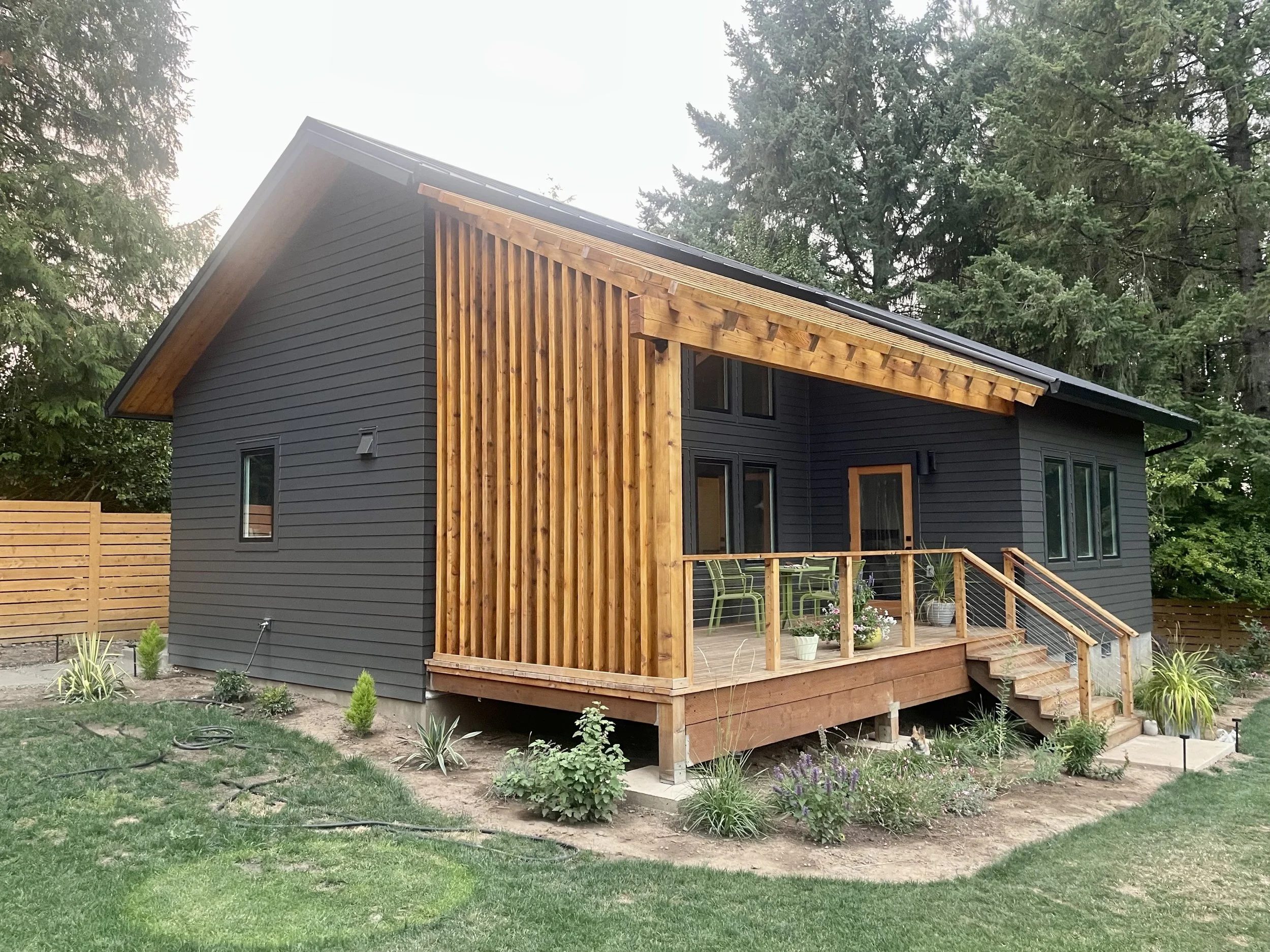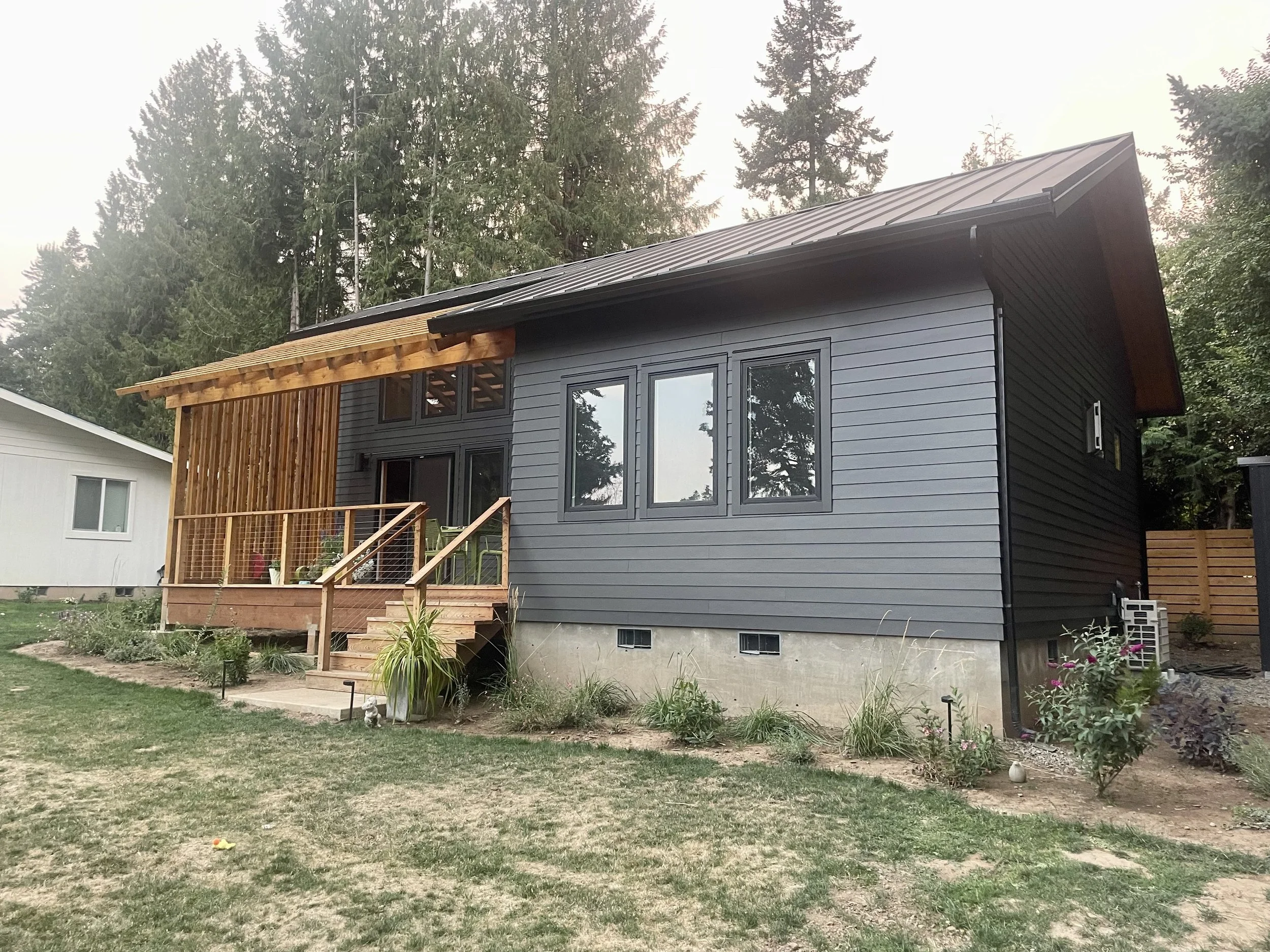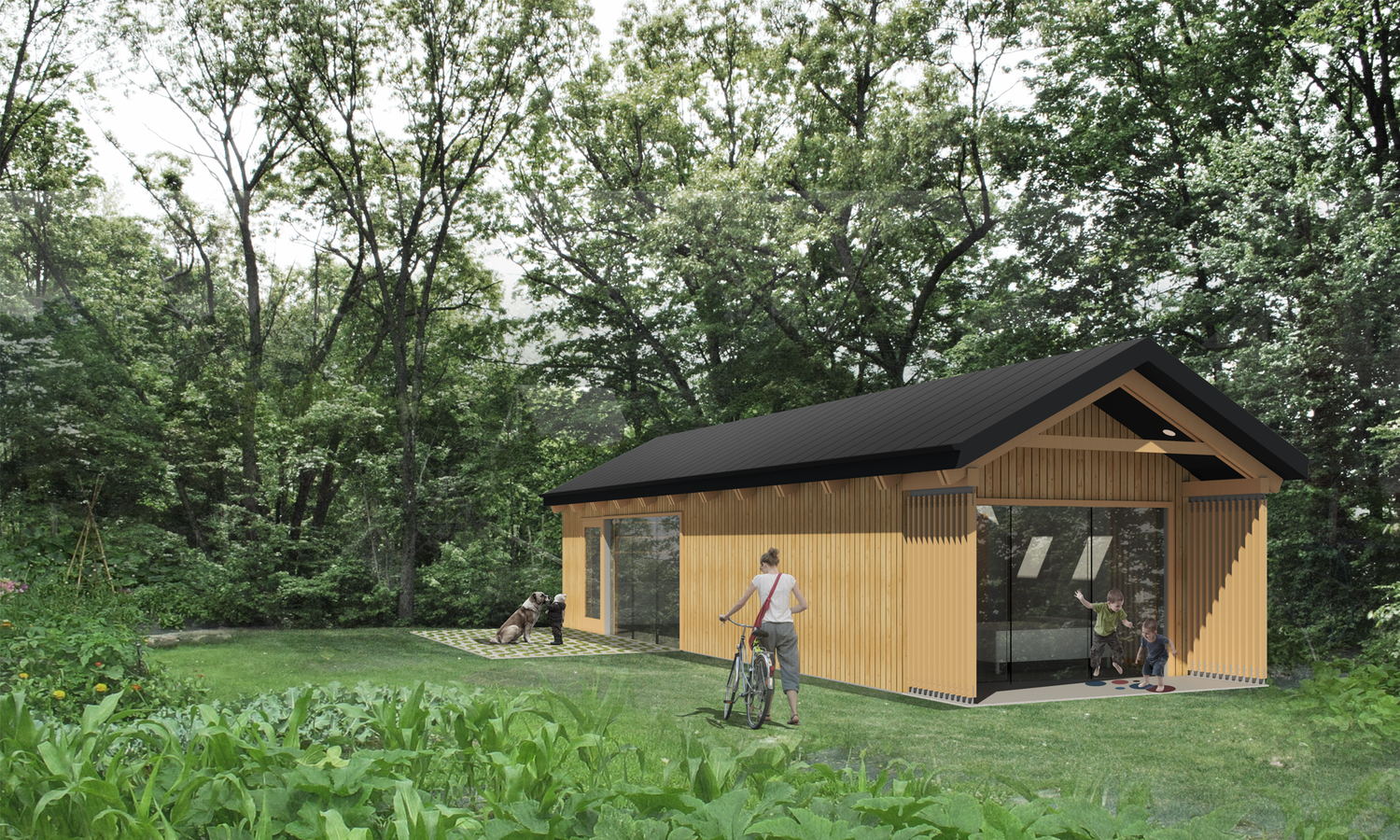ADUs Are A Great Passive Income Strategy
As the cost of living continues to rise across the country, it has become increasingly difficult for many people to afford their monthly bills and expenses or to purchase property of their own. In order to generate additional income, many people are turning to passive income strategies like investing in real estate. One real estate investment that has become increasingly popular in recent years is building accessory dwelling units (ADUs) on existing properties. This allows you to maximize the investment in your own property, and helps people afford to purchase a home by using rental income to help cover mortgage payments. In this blog post, we will explore the concept of ADUs as a strategy for generating passive income.
What Are ADUs?
ADUs, also known as accessory apartments, in-law units, or granny flats, are self-contained living spaces on the same property as a primary residence. These living spaces are typically smaller than the primary residence and can be used for a variety of purposes, such as rental units, guest houses, or additional living space for family members. ADUs can be attached to the primary residence, such as in the form of a basement apartment, or detached, such as a separate backyard cottage. In general, ADUs are great investments that can have a great ROI.
Why Build an ADU?
There are a number of reasons why building an ADU can be a smart investment strategy. One of the primary reasons is that an ADU can generate passive income in the form of rental income. Renting out an ADU can provide a steady stream of monthly income that can help cover mortgage payments, utility bills, and other expenses. Additionally, an ADU can increase the value of a property, making it an attractive investment option when considering the long term value of a property and future sales price.
Another advantage of building an ADU is that it can provide flexible living arrangements for homeowners. For example, if a homeowner has aging parents who require assistance with daily living, an ADU can provide them with a separate living space while still allowing them to be close to their family. Additionally, if a homeowner has adult children who want to live independently, an ADU can provide them with a more affordable living option. These benefits are financially positive as an ADU could be more affordable than the cost of assisted living or market rate housing in high demand cities, saving significant costs on a month-to-month basis.
How Much Income Can You Generate with an ADU?
The amount of income you can generate with an ADU will depend on a variety of factors, including the size and type of ADU, the location of the property, and the rental rates in the local market. In general, however, ADUs can be a lucrative source of passive income. According to a report from the National Association of Home Builders, the median rental income for an ADU in the United States is approximately $1,400 per month. In higher cost cities like Berkeley, Seattle, Los Angeles, or Vancouver, Canada, it is possible to rent out ADUs for over $3,000 per month. And where you can list them on AirBnB or other short-term rental sites, we have seen people earn well over $4,000 per month in revenue off a well designed ADU.
Of course, the amount of income you can generate will also depend on your rental strategy. If you choose to rent out your ADU on a long-term basis, you can expect to generate a consistent stream of monthly income. However, if you choose to rent out your ADU on a short-term basis, such as through a platform like Airbnb, you may be able to generate even more income per night, although the income stream may be less consistent from month to month.
Beyond the rental income, resale value is another aspect of investing in an ADU, although this technically is not passive income it is still important to consider at the outset of your ADU project. A 2021 study covered in Porch.com showed that homes in the western U.S. sold for about 35% higher than homes without an ADU. When combined with the rental income you can earn prior to selling a property, ADUs almost pay for themselves twice.
What Are the Costs of Building an ADU?
The cost of building an ADU will depend on a number of factors, including the size, type, and location of the unit, as well as the cost of materials and labor in your area. According to a report from the Urban Land Institute, the cost of building a detached ADU can range from $90,000 to $500,000, while the cost of building an attached ADU can range from $75,000 to $250,000. In our experience, when you combine the full cost of the project, including design, engineering, permits, utilities, site improvements, and construction, most ADU projects cost over $200,000 and could be much higher in expensive cities. Yet, this is still a strong investment.
While building an ADU can be a significant investment, it is important to keep in mind that it can also provide a significant return on investment in the form of rental income and increased property value. Additionally, there may be financing options available to help offset the initial costs of building an ADU, such as home equity loans or lines of credit.
Starting with a market analysis of the rental prices can help you work backwards to determine the maximum project budget. As a back of the envelope calculation you can spend about $100 on the development of an ADU for every $1 of monthly rent. For example, if you could rent your ADU for $3,000 per month in Berkeley, California, a comfortable project budget would be around $300,000.
This is just a general rule of thumb and not meant to replace a more in-depth financial analysis. There could be many reasons why you want to spend more than the rough estimate above. For instance if you wanted to add an amenity for the main house like a garage below the ADU, or you wanted to build a fancier unit with higher-end finishes knowing it would be more durable and have lower lifetime costs. Or perhaps you wanted to invest in super efficient systems or passive house construction to reduce energy usage, lowering the operational costs. Another reason to increase the up front investment would be to consider the resale value of the property in the future. Good design can often add 10% or more to the sales price of a property. Often going with the cheapest solution is not the best investment.
Questions to Ask Yourself When Considering an ADU as an Investment
What are the long-term goals for the project?
What is the local market for rental units? What is the average monthly rent for similar sized units in your location?
How many bedrooms are ideal to maximize the rental price?
(Typically we would see 2br units as the best option for investment ADUs)
What do I need as a monthly ROI to make this project worth it?
(You want it to be cashflow positive after any financing you take out to fund the project)
What financing options are available and how much will I need to borrow?
What is the maximum project budget for the ADU?
(include all potential costs like design fees, engineering, surveys, permits, and construction, etc.)
Who will manage the rental unit when it is complete?
(There really is no such thing as truly passive income. Rental properties take time and effort to manage. Are you ready to take on this work on your own or do you want to hire a rental management company to handle it for you?)
In conclusion, ADUs can be an excellent investment for those looking for a passive income stream. They offer homeowners an opportunity to create additional space on their property while generating rental income.
To maximize the return on investment, homeowners should consider factors such as location, design, and potential rental income when deciding on an ADU project and crafting the project budget. It’s also important to be aware of local zoning and building regulations and work with experienced professionals such as designers, architects, contractors, and property managers to ensure a successful outcome.
While the initial investment may be high, the long-term benefits of owning an ADU are clear. Not only can they generate passive income, but they also increase the value of a property and can provide a multi-generational housing solution for families.
As the demand for affordable housing options continues to rise, ADUs will continue to be an attractive investment for homeowners looking to generate passive income while also contributing to their local communities. By taking advantage of the benefits of ADUs, homeowners can build a secure financial future for themselves and their families.












